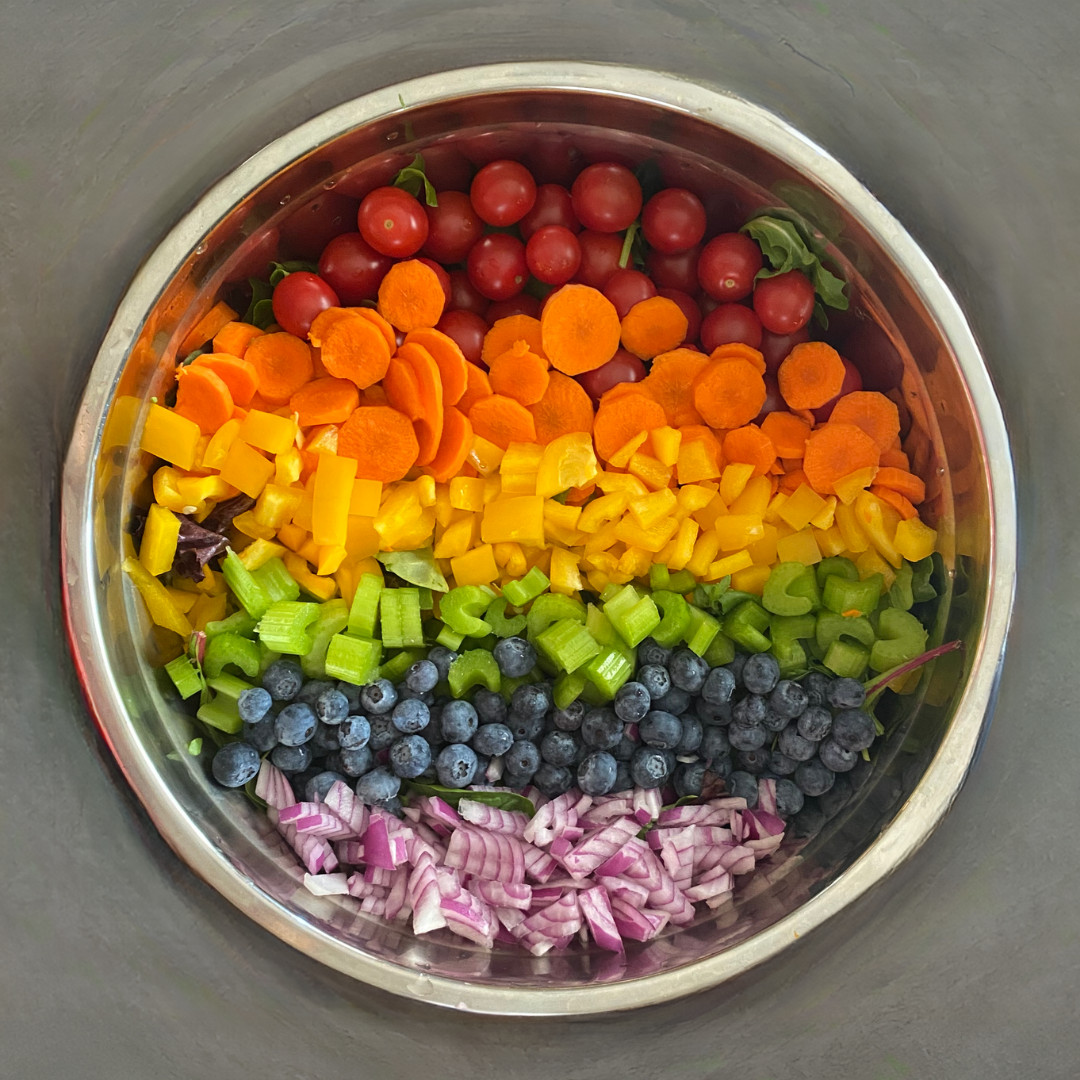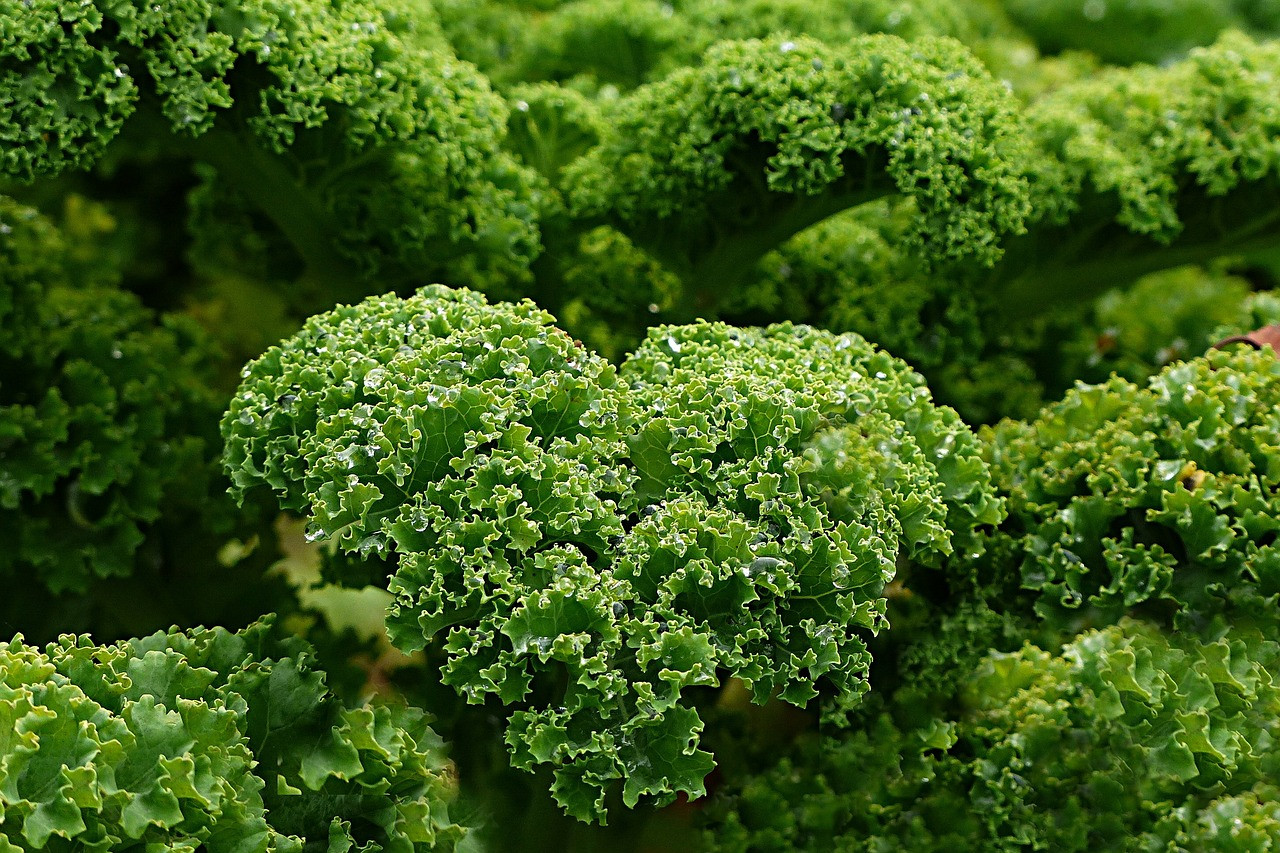
For many years, dairy products have been celebrated as essential for maintaining strong bones and overall health. However, recent research challenges this idea and suggests that dairy may not be as indispensable as once believed. Let's explore several reasons why dairy might not be necessary for optimal health, supported by relevant facts and scientific findings.
Lactose Intolerance:
About 68%* of the world's population experiences difficulty digesting lactose, the sugar found in milk and dairy products. This can lead to unpleasant symptoms like bloating, gas, diarrhea, cramping, and stomach pain. The prevalence of lactose intolerance underscores the idea that dairy may not be suitable for everyone's digestive systems.
Calcium Absorption:
Contrary to popular belief, studies suggest that dairy might not be the top source of calcium for maintaining robust bones. In fact, not everyone can effectively absorb the calcium present in dairy products. Fortunately, alternative sources like leafy greens or fortified plant-based milks provide adequate calcium intake, ensuring proper bone health without relying solely on dairy. Also, calcium bioavailability is different across different sources. "For example, dairy foods have a bioavailablity of about 30% absorption so if a food label on milk lists 300 mg of calcium per cup, about 100 mg will be absorbed and used by the body. Plant foods like leafy greens contain less calcium overall but have a higher bioavailability than dairy. For example, bok choy contains about 160 mg of calcium per 1 cup cooked but has a higher bioavailability of 50%, so about 80 mg is absorbed. Therefore, eating 1 cup of cooked bok choy has almost as much bioavailable calcium as 1 cup of milk."**
Increased Risk of Chronic Diseases:
Mounting research indicates a potential connection between high dairy consumption and an elevated risk of chronic diseases. Excessive dairy intake has been associated with conditions such as obesity, type 2 diabetes, cardiovascular issues, and cancer. These findings raise concerns about the long-term impact of dairy on our overall health. Check out the China Study!
Potential Allergies and Sensitivities:
Dairy products contain proteins like casein and whey, which can trigger allergies or sensitivities in certain individuals. Symptoms can range from mild discomfort, such as digestive issues or skin reactions, to severe allergic reactions. Recognizing and addressing these allergies or sensitivities is vital, allowing individuals to avoid potential risks and explore suitable dairy alternatives for their dietary needs.
Saturated Fat and Cholesterol:
Full-fat dairy products often contain high levels of saturated fat and cholesterol. FYI - most cheese is full fat, meaning it comes from whole milk with the most saturated fat and cholesterol. Overconsumption of these components has been associated with an increased risk of heart disease and other cardiovascular problems. It's prudent to be mindful of saturated fat and cholesterol in our dairy choices to safeguard heart health.
When it comes to dairy, it's time to reconsider its role in our diet. Lactose intolerance, potential links to chronic diseases, allergies, the presence of saturated fat and cholesterol, and the easy access to alternative calcium sources, all demand our attention. Let's listen to our bodies, stay up-to-date with research, and make informed choices about what we eat. Prioritize your well-being and strive for a balanced approach that suits you. Remember, everyone's nutritional needs are unique, so embrace a diverse and varied diet to boost your health.
My blogs contain some affiliate links.
Any purchase made is a blessing to my family at no extra cost to you!
Thank you for supporting us!


As a holistic mom, you strive to provide your children with nourishing and wholesome foods. Snack time doesn't have to be dull or unhealthy! In this blog post, we'll explore creative ways to transform fruits and veggies into fun and delicious treats that your kids will love. Get ready to add a burst of color, flavor, and nutrition to your snack repertoire!
Fruit Fun: Creative Ways to Serve Fruits as Snacks
Discover innovative and fun ways to turn fruits into delightful snacks that your kids will love. From fruit skewers to rainbow fruit salads, make snack time a colorful experience!
Unleashing the Rainbow: Create a vibrant rainbow fruit salad by combining a variety of colorful fruits. Let your kids help assemble the different fruit layers, adding a touch of creativity to their snacking experience.
Fruit Kebabs with a Twist: Make eating fruits exciting by threading bite-sized fruit pieces onto skewers. Encourage your little ones to create their own fruity kebabs, exploring different combinations and patterns.
Silly Fruit Faces: Transform ordinary fruits into whimsical characters by using edible markers or small fruit cutters. Engage your child's imagination while they enjoy a playful and nutritious snack.
Veggie Crunch: Turning Veggies into Tasty Nibbles
Learn how to transform veggies like carrots, cucumbers, and bell peppers into crunchy, nutritious snacks. Explore dips, dressings, and seasoning ideas to make these treats irresistible.
Dippity-Doo Veggies: Pair crunchy veggies like carrot sticks, cucumber slices, and bell pepper strips with homemade dips such as hummus, guacamole, or yogurt-based (use plain greek or coconut yogurt) dressings. The combination of textures and flavors will keep your little ones coming back for more.
Seasoned to Perfection: Add a burst of flavor to your veggie snacks by experimenting with different seasonings and spices. Try sprinkling some nutritional yeast, garlic powder, or even a hint of cinnamon on roasted veggie chips for a delightful twist.
Smoothie Bowl Magic: Healthy and Fun Fruit & Veggie Treats
Dive into the world of smoothie bowls! Learn how to combine fruits, veggies, and toppings to create visually appealing, nutrient-dense treats that your kids will enjoy eating.
Blend and Beautify: Whip up delicious smoothie bowls by blending a variety of fruits, leafy greens, and healthy fats like avocado or nut butter. Top them off with a sprinkle of granola, chia seeds, or fresh fruit for added texture and visual appeal.
Sweet Green Surprise: Introduce your kids to the wonders of green smoothie bowls by adding a handful of spinach or kale to their favorite fruit blend. They'll be delighted by the vibrant color and won't even notice the hidden veggies!
Frozen Delights: Healthy Ice Pops from Fresh Fruits and Veggies
Beat the heat with homemade ice pops! Find out how to use fresh fruits and veggies to create refreshing, healthy frozen treats that are perfect for hot summer days.
Fruit Pop Extravaganza: Blend together your kids' favorite fruits with a splash of coconut water, then pour the mixture into popsicle molds. In just a few hours, you'll have nutritious and refreshing fruit popsicles that beat store-bought options.
Veggie Cool-Down: Experiment with veggie-infused popsicles by incorporating ingredients like cucumber, beetroot, or even sweet potato. The natural sweetness of fruits balances out the flavors, creating a unique and nutritious frozen treat.
Veggie Chips: A Healthy Twist on a Favorite Snack
Discover how to make homemade veggie chips, a healthier alternative to store-bought snacks. Learn about the best vegetables to use and how to season them for maximum flavor.
Baked Goodness: Swap out greasy potato chips with homemade baked veggie chips. Slice vegetables like zucchini, sweet potatoes, or kale into thin pieces, toss them in olive oil, and bake until crispy. These guilt-free chips are packed with nutrients and flavor.
Flavor Explosion: Elevate the taste of your veggie chips by experimenting with different seasonings. Sprinkle them with a combination of sea salt, paprika, or garlic powder, for a savory twist that will keep your kids reaching for more.
Fruity Desserts: Turning Fresh Fruits into Sweet Treats
Satisfy your kids' sweet tooth with desserts made from fresh fruits. Learn how to make fruit parfaits, baked fruit treats, and more that are both delicious and nutritious.
Parfait Paradise: Layer fresh fruits, Greek or coconut yogurt, and granola in a glass to create a tempting fruit parfait. Let your kids customize their parfaits with their favorite fruits and toppings for a delightful and healthy dessert.
Baked Fruit Delights: Experiment with baked fruit treats like apple or pear crisps. Slice the fruits, toss them with a sprinkle of cinnamon and a touch of honey, then bake until they become golden and crispy. Serve them warm with a dollop of Greek or coconut yogurt for a comforting and guilt-free dessert.
Snack time can be both nutritious and exciting by using fruits and veggies as the main ingredients. With these creative ideas, you can transform ordinary produce into fun and delicious treats that your kids will love. So, go ahead and unleash your creativity in the kitchen, and enjoy guilt-free snacking with your little ones!
Have picky eaters? Grab this guide: 7 Strategies to Help Picky Eaters Eat!
My blogs contain some affiliate links.
Any purchase made is a blessing to my family at no extra cost to you!
Thank you for supporting us!


Calcium is a vital nutrient for strong bones and healthy teeth, but many people believe it can be difficult to get enough if you don’t eat dairy. Fortunately, there are plenty of delicious and nutritious ways to get your daily dose of calcium without having to consume cow’s milk or yogurt. Let’s explore some of the best alternatives.
Almonds and Other Nuts and Seeds
Nuts and seeds are an excellent source of calcium and many other vitamins and minerals. Many people think these are unhealthy because they are high in fat, but they are actually packed with healthy fats that can help keep your body fit and energized. Almonds in particular contain almost as much calcium per serving as an 8 ounce glass of milk! They also contain phosphorus, which helps the body absorb more calcium from other sources.
Leafy Greens and other green vegetables
Leafy greens like spinach, kale, and collard greens, as well as other green veggies like broccoli are all excellent sources of calcium! These veggies pack a nutritional punch – not only do they contain substantial amounts of calcium, but they also offer a wealth of vitamins A, C, K, magnesium and iron. To maximize absorption rates, try sautéing them with a little olive oil or adding them to soups or stir-fries.
Beans
Did you know that beans can be a great source of calcium? It's true! There are plenty of foods that contain this crucial nutrient, including beans. Some types of beans that are particularly rich in calcium include navy beans, white beans, and black-eyed peas. So, if you're looking to up your calcium intake in a plant-based way, consider incorporating more beans into your diet. Plus, beans are versatile and delicious, making them an easy addition to any meal.
Grains
Did you know that some grains are a good source of calcium? If you're looking to up your calcium intake, don't overlook grains like amaranth, teff, and quinoa. These superfoods contain higher levels of calcium compared to other common grains like wheat or oats. So next time you're browsing the grocery store aisles for healthy grains, consider adding some of these calcium-rich options to your cart.
Tofu
Tofu is made from soybeans, which means it is full of plant-based protein as well as calcium. It is also low in calories—so if you’re looking for a way to stay trim while getting your daily dose of essential nutrients, tofu could be a great choice for you! For maximum nutrition benefits, look for tofu that has been fortified with additional calcium or check the nutrition label before purchasing. Be sure to get only organic to avoid the pesticide laden alternative and eat sparingly because of the estrogenic effects it has.
Calcium Supplements
If you’re looking for an easy way to get your daily dose of calcium without having to eat any dairy at all, then supplements are definitely worth considering. Not only do they provide a convenient way to get the recommended amount each day (1), but they also come in a variety of forms such as pills and powders which can make it easier to swallow them down. If you decide to go this route just remember that supplements should never replace real food sources.
Getting your daily dose of calcium doesn't have to mean consuming dairy products every day; there are plenty of delicious alternatives available! Almonds and other nuts provide healthy fats along with added calcium; leafy greens like spinach pack a nutritional punch; and tofu contains plant-based protein plus lots of essential vitamins and minerals. No matter what dietary restrictions you may have, there's no excuse not to get enough calcium—just take advantage of the myriad options out there! Holistic moms can rest assured knowing that their families don't need dairy products to get their daily dose of this important mineral.
My blogs contain some affiliate links.
Any purchase made is a blessing to my family at no extra cost to you!
Thank you for supporting us!



